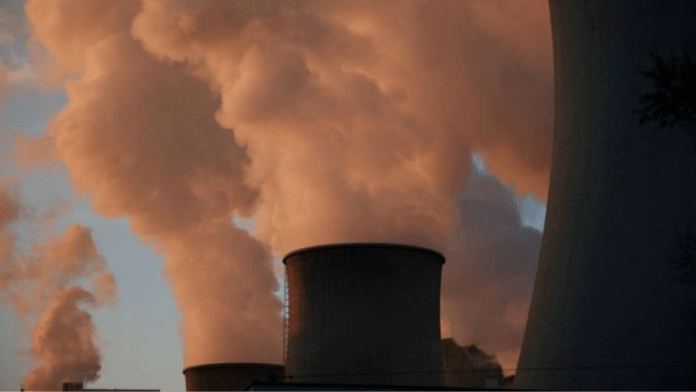Thank you dear subscribers, we are overwhelmed with your response.
Your Turn is a unique section from ThePrint featuring points of view from its subscribers. If you are a subscriber, have a point of view, please send it to us. If not, do subscribe here: https://theprint.in/subscribe/
It was in 2002 that saw enactment of Sarbanes Oxley Act (SOX) as a reaction to some of the mega failures in the corporate world. While this was in the USA, other parts of the world soon adopted/adapted the core aspects of SOX. What was seen then as ‘difficult to implement’ to ‘overreaction’ has pretty much become part of corporate governance routine now. In my opinion, while SOX has not eliminated mismanagement and frauds, it has elevated corporate governance.
Twenty years on, ESG is the new SOX. Disclosures by corporates on Environment, Social and Governance or ESG risks on their operations are becoming mandatory. While the legs of ESG are inter-connected, the E or ‘environment’ remains the most talked about. That the ‘E’ and global warming are two sides of the same coin is well established, and it’s probably for the first time that we have a widely accepted global (planet earth) target metrics. The portal of ‘Intergovernmental Panel on Climate Change’ i.e. IPCC, is a treasure trove of related information.
As is said, the first step to manage any problem is to measure. This article is on the basics of few critical metrics and relevant definitions in that domain.
Greenhouse gas
Greenhouse gas or GHG is any gaseous compound capable of absorbing and emitting infrared radiation, thereby allowing less heat to escape to space and trapping it in the lower atmosphere.
In a sense, greenhouse gases are critical to keep our planet at a habitable temperature and excess of it disrupts earth’s energy balance.
GHGs are Carbon Dioxide CO2, Methane CH4, Nitrous Oxide NO2 , Fluorinated gases F-gases and Ozone O3. Of the GHGs, CO2 is approx. 75% – 80%.
The internationally agreed limit of global warming is 1.5 Degrees Celsius (1.5C) above the pre-Industrial levels i.e. years 1850-1900, as the world’s average surface temperature. Warming beyond that threshold has the risk of extreme and potentially irreversible effect on earth, humankind, and other species. To put it in context, the rate of warming has been 0.06C per decade since the early 1900 and has increased to 0.20C per decade since 1980s. The average surface temperature now is approx. 15C (per NASA report).
Net Zero Emissions (NZE) by 2050 is a scenario target with a pathway whereby the amount of GHGs released into the earth’s atmosphere is balanced by the amount of GHGs removed. One of the important milestones in the pathway of ‘NZE by 2050’ is to achieve global access to electricity (universal energy access) and major improvement in air quality by 2030.
GHG emissions are expressed in CO2 equivalent i.e., CO2eq. Total Global GHG emissions in 2022 reached 53.8 Gt CO2eq (Gt = Giga metric tonnes i.e., 10^9 metric tonnes). Annual Emission increase has been 0.56 Gt CO2eq per-year on average since 2010, while in the prior decade (2000-2010) it was 0.9 Gt CO2eq per year, per 2023 EDGAR report.
Global Warming Potential i.e., GWP is an index to measure how much of the infrared thermal radiation a greenhouse gas would absorb over a given timeframe after it has been added to the atmosphere. In summary it uses CO2 as the reference base, meaning for CO2 the GWP is 1 over all time periods.
GWP depends on both the efficiency of the molecule as a greenhouse gas and its atmospheric lifetime. Thus, a gas can have a large GWP on a 20-year scale but a small one on a 100-year scale. For example, Methane GWP20 = 86 (Methane has GWP of 86 over 20-year time horizon) but GWP100 = 20
The following table is a simplistic representation of the drivers of GHG


